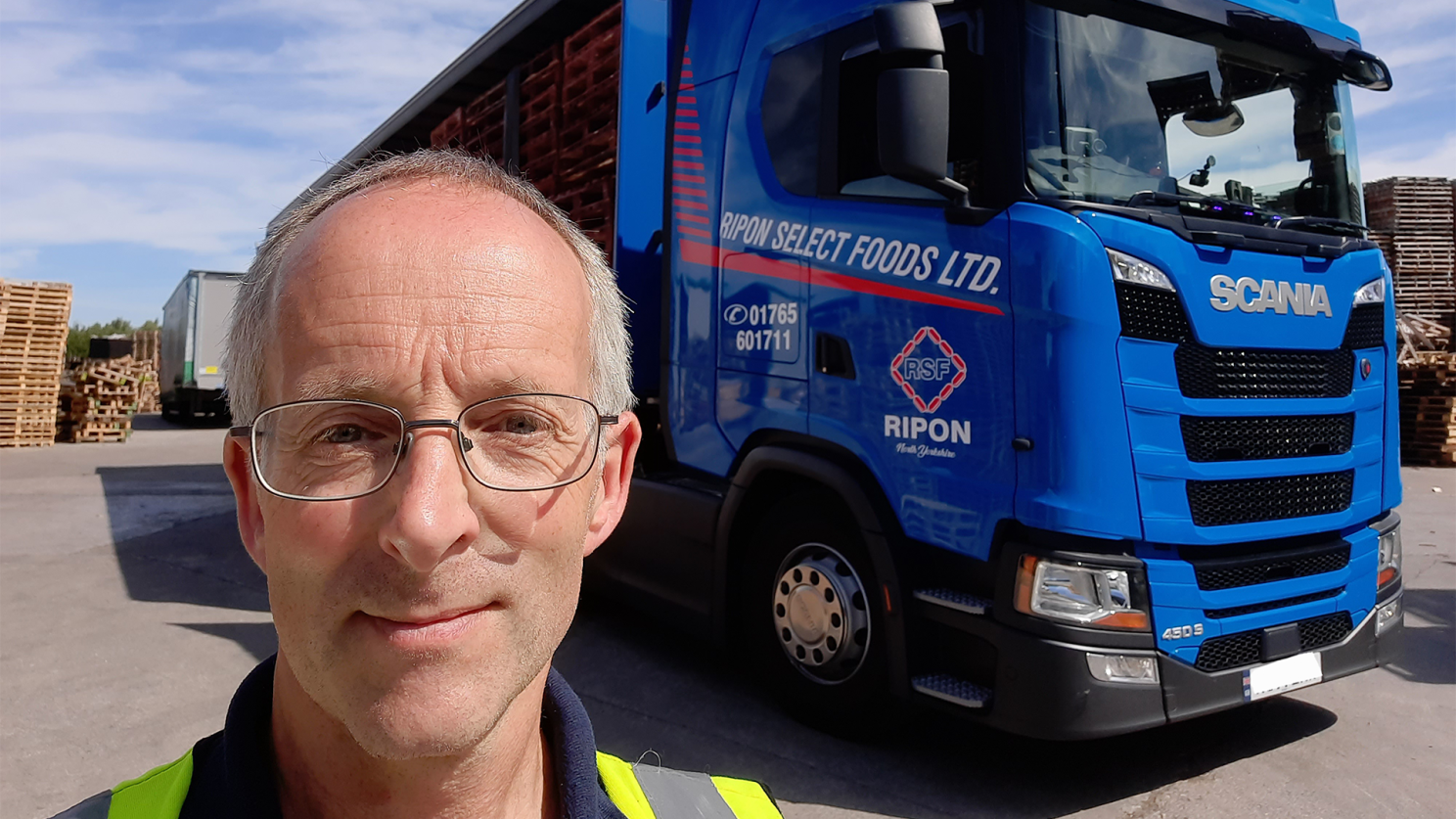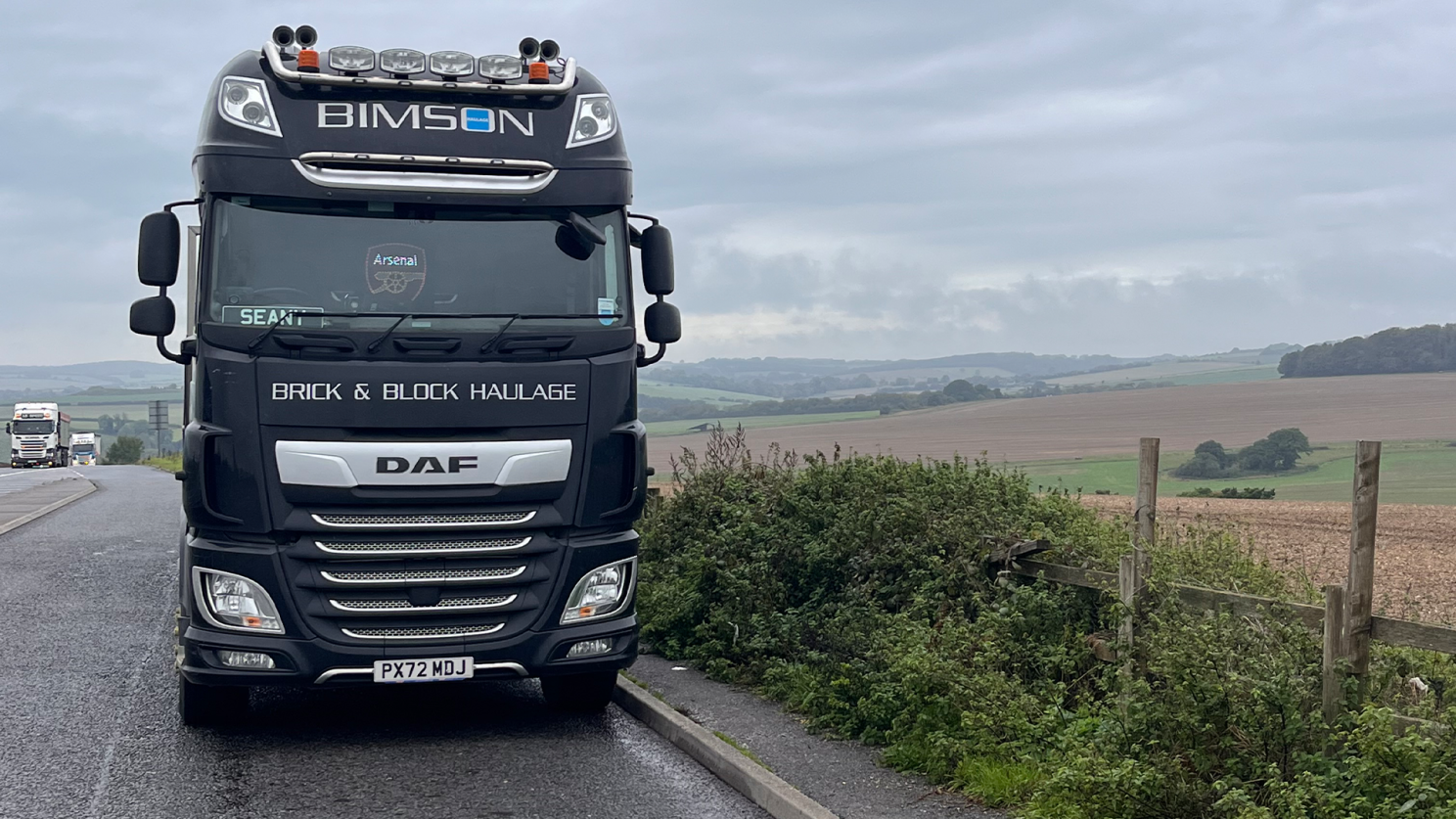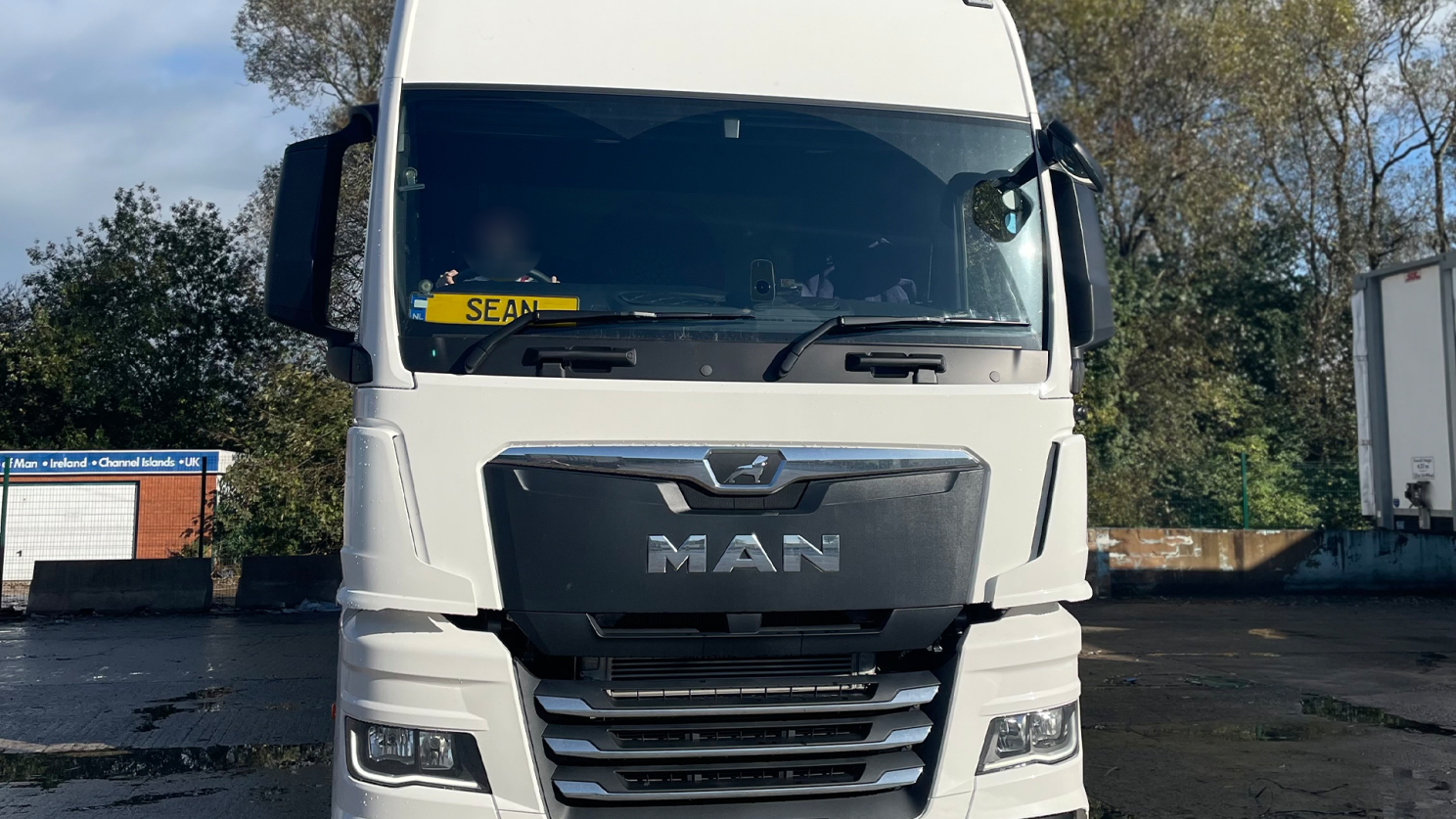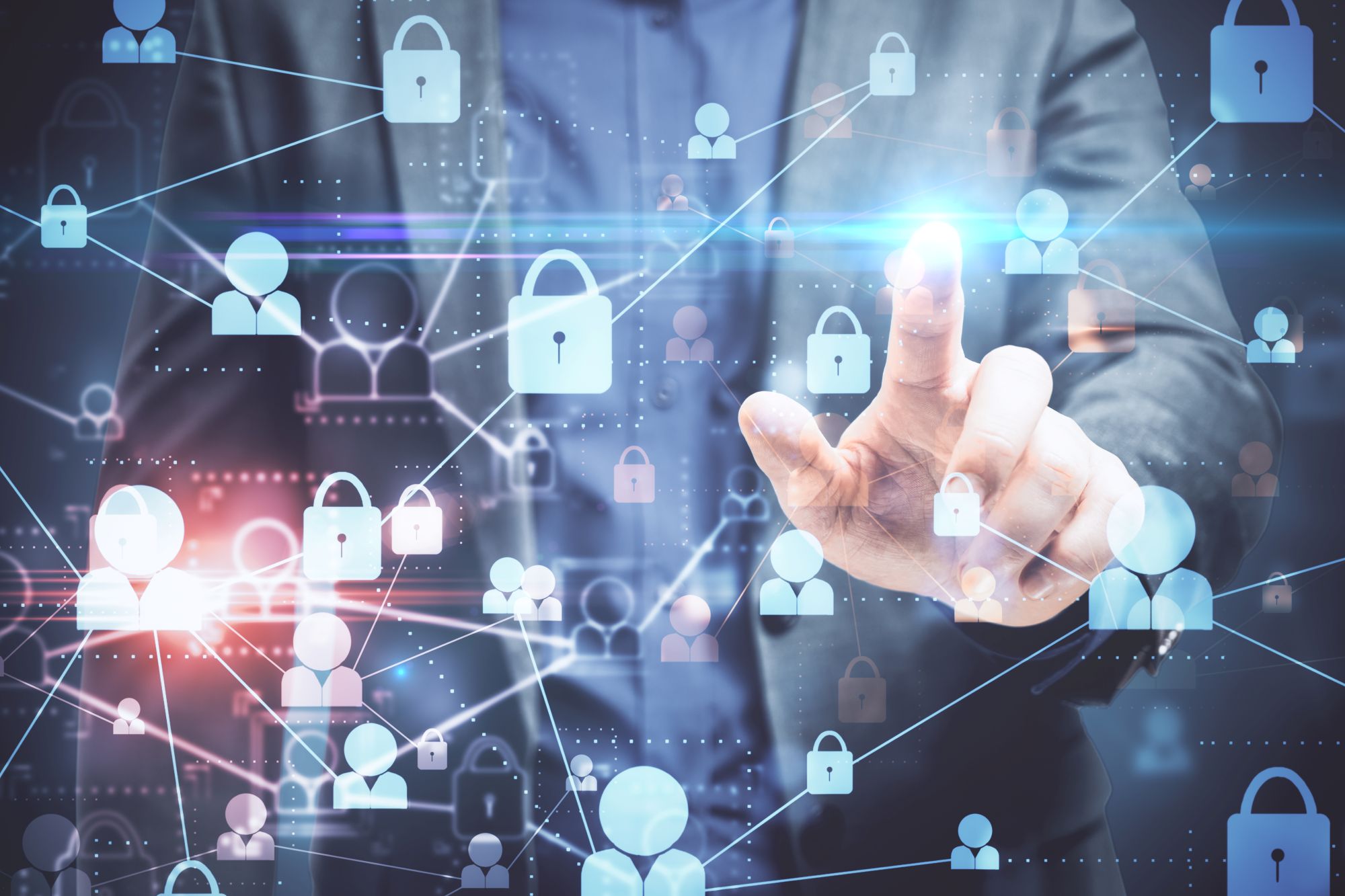
Susie Jones
Príbehy kamionistov: príbehy z ciest
Vytvorené: 22. 08. 2024
•
Aktualizované: 22. 08. 2024
Chceme si posvietiť na komunitu autodopravcov a spoznať ľudí za volantom.
Od vrtuľníkov, ktoré pristávajú pred kamiónmi, až po autá na nesprávnej strane diaľnice - zistite viac o vodičoch, ktorí vám doručujú tovar.
Alan
Alan šoféruje už 23 rokov a pre prácu v tomto odvetví sa rozhodol po vypočutí piesní Ally Thomsonovej o šoférovaní kamiónov. Na otázku, čo má na tejto práci najradšej, odpovedá, že je to "samota, ktorú prináša šoférovanie kamióna - je tu úplné odlúčenie od domáceho života".
Obľúbenými sú nákladné vozidlá Volvo, s ktorými cestuje po Spojenom kráľovstve a prepravuje tovar Amazonu. Hovorí, že prepravil veľa zaujímavých produktov: "Výber je neobmedzený - stačí si spomenúť na všetko, čo Amazon predáva."
Pre vodičov, ktorí parkujú cez noc, je náročné zabaviť sa počas prestávky. Skúsení vodiči, ako je Alan, však majú svoj večerný režim dokonale prepracovaný. Tvrdí, že "rád pozerá Sky TV cez iPad", keď je na noc zaparkovaný.

Pre vodičov, ktorí sa snažia zostať za volantom zábavní, sme pripravili zoznam spôsobov, ako zabrániť tomu, aby sa nudili.
Hoci sa dlhé hodiny na cestách môžu mnohým zdať monotónne, Alan vysvetľuje, že ho vždy niečo udrží v napätí.
"Myslím, že najbláznivejšia vec, ktorú som počas jazdy videl, bol vrtuľník, ktorý pristál priamo predo mnou," vysvetľuje, čo je ďaleko od monotónnej povesti, ktorá toto odvetvie sprevádzala celé desaťročia.
Alan, ktorý má za sebou 23 rokov v tomto odvetví, ponúkol niekoľko rád, vďaka ktorým budú vaše perličky na cestách vyzerať sviežo.
Vysvetľuje: "Každému, kto začína pracovať v tomto odvetví, by som poradil, aby si vždy pamätal na to, aby mal nabitú zubnú kefku."
Richard
Pred 36 rokmi začal Richard svoju kariéru v oblasti nákladnej dopravy a nikdy sa neohliadol späť. Chytil sa šoférskej chuti, keď sa pripojil k svojim dvom starším bratom a pomáhal rozvážať tovar po celom Spojenom kráľovstve.
"Milujem, keď sa nabalím a vyrazím. Môžem sa rozhodnúť, kedy budem mať prestávku a kde zaparkujem. Byť na cestách a cestovať po celom Spojenom kráľovstve je skvelé," vysvetľuje.
Počas kariéry ho život na cestách zaviedol až do talianskeho Milána, čo je vyčerpávajúca cesta aj pre tých najskúsenejších vodičov. Na otázku, ako sa na cestách zabáva, odpovedá: "Počas prestávok rád počúvam hudbu a pozerám filmy."

Najlepšie nákladné vozidlo na tento účel? "Musí to byť Scania Next Generation 450S," hovorí.
Richardovi sa za 30 rokov práce v tomto odvetví nevyhli bláznivé príhody a nezvyčajné dodávky: "Videl som auto, ktoré išlo po diaľnici v protismere a zišlo z výjazdu. Najzaujímavejšou vecou, ktorú som mal na korbe nákladného auta, bol plavák na Deň svätého Vilfreda."
Hoci Richard stále miluje otvorené cesty, tvrdí, že to má niekedy svoju cenu. Ponúka skvelý pohľad na realitu tohto povolania a rady pre tých, ktorí sa chcú zapojiť do tohto odvetvia.
"Veľmi dobre si premyslite, či je to pre vás tá správna kariéra. Očakávajte dlhé hodiny a veľa rodinného života."
Sean
Vyrastal v rodine vodičov, takže Sean mal nákladnú dopravu v krvi a pred 20 rokmi si sadol za volant a začal pracovať v nákladnej doprave.
Táto práca prináša mnoho výhod, ale Sean najviac miluje slobodu, ktorú mu táto práca ponúka. Táto sloboda ho zaviedla až do Škótska, kde slúžil šesť týždňov. Počas týchto dlhých ciest je jeho zdrojom zábavy telefonovanie s priateľmi a sledovanie televízie.

Okrem toho zastávky pre kamióny zohrávajú pre Seana kľúčovú úlohu v boji proti izolácii, ktorú prináša šoférovanie. Zastávky pre kamióny, ktoré sú často hojne navštevované, umožňujú Seanovi stretnúť sa s priateľmi na cestách.
Tieto zastávky sú ideálnou príležitosťou vypočuť si bláznivé príbehy od ostatných vodičov kamiónov. Podobne ako Richard, najzvláštnejšia vec, ktorú Sean na svojich cestách videl, bolo "auto idúce po diaľnici v protismere za tmy" - príbeh, ktorý je v komunite kamionistov až príliš častý.
DAF XF 530 je Seanovo nákladné vozidlo na prepravu stavebného materiálu po celom Spojenom kráľovstve. Každému, kto sa chce venovať kariére v nákladnej doprave, radí: "Jednoducho do toho choďte!"
Dave
Dave šoféruje nákladné autá už 30 rokov a precestoval už Dánsko a Španielsko. Keď práve necestuje vo svojom obľúbenom nákladnom aute Volvo FH, rád sleduje seriály v pohodlí svojej kabíny.
"Správanie niektorých vodičov áut mi prinieslo niekoľko bláznivých príbehov," vysvetľuje. Keď sme sa však Davea opýtali na najzaujímavejšiu vec, ktorú mal na korbe svojho nákladného auta, zostal mlčanlivý - "je to prísne tajné," tvrdí.
Po 30 rokoch prepravy tovaru sa Dave naučil niekoľko vecí o svete nákladnej dopravy. Ponúka skvelú radu tým, ktorí chcú začať svoju kariéru v tomto odvetví: "Uistite sa, že sa na niečo špecializujete."
Alastair
Alastair je v tomto odvetví relatívne nový, rozhodol sa pre kariéru vodiča nákladného vozidla, aby sa po odchode do dôchodku zamestnal. S piatimi rokmi za sebou si najviac užíva rozmanitosť tohto povolania.
Počas tohto obdobia mal Alastair možnosť cestovať po Spojenom kráľovstve a Európe: "Navštívil som Inverness, Kodaň, Lisabon, Budapešť a Rím," uvádza.
Aby sa Alastair nenudil, rád počúva "Radio 4, LBC a 5 Live".
Pri cestovaní po Európe sa stal svedkom neobyčajného správania ostatných účastníkov cestnej premávky. Blízko domova však musel manévrovať so svojím kamiónom cez "demonštrácie v Londýne. Bola to asi najbláznivejšia vec, akú som zažil," vysvetľuje.
Pre fanúšikov agenta 007 sa Alastair podelí o chvíle, keď musel prepravovať niektoré prísne tajné predmety.
"Najzaujímavejší predmet, ktorý som mal na korbe nákladného auta, boli pravdepodobne výstavné predmety Jamesa Bonda," tvrdí.
Hoci Alastair nepôsobí v tomto odvetví dlho, má niekoľko slov pre tých, ktorí v ňom začínajú.
"Rada, ktorú by som dal niekomu, kto uvažuje o vstupe do sveta nákladnej dopravy, je, aby zostal pokojný."
Sean V
Seanova láska k cestám pramení z mnohých letných prázdnin, ktoré strávil s otcom na cestách v jeho kamióne. Po 30 rokoch šoférovania jeho láska k jazde naďalej silnie.
"Na tejto práci milujem poznávanie všetkých pekných miest v Spojenom kráľovstve a Európe," vysvetľuje. Táto práca ho zaviedla do rôznych destinácií - najďalej cestoval do Ríma.
Keď Sean neobjavuje mestá, rád sa zabáva sledovaním televízie, iPadom a donedávna aj hraním hier v pohodlí vlastného taxíka.

Najbláznivejšia vec, ktorej bol svedkom na ceste?
Nanešťastie, Sean je ďalším svedkom pohľadu, ktorý je medzi vodičmi nákladných vozidiel príliš častý - "auto idúce v protismere na diaľnici," vysvetľuje.
Počas svojej 30-ročnej kariéry Sean tvrdí, že najradšej šoféroval nákladné vozidlá DAF a najzaujímavejším predmetom, ktorý prepravoval, bolo "špecializované zdravotnícke vybavenie".
Seanova láska k tomuto odvetviu prevažuje nad niektorými negatívnymi aspektmi tejto práce. Avšak tým, ktorí chcú začať svoju kariéru v odvetví nákladnej dopravy, môže ponúknuť tieto múdre slová:
"Ak uvažujete o tom, že sa pridáte k tomuto odvetviu, počítajte s tým, že budete pracovať dlhé hodiny."
Zaregistrujte sa v SNAP ešte dnes
SNAP vám uľahčí život tým, že vás prepojí s našou rozsiahlou sieťou služieb cestnej dopravy. [Zaregistrujte sa ešte dnes] (https://snapacc.com/sign-up/)



